Part 2: Elements of a Geographical Indication protection strategy
Implementing actions
Producers must agree on the elements of the specifications, the control plan and the monitoring compliance system that will be implemented. They must also develop a strategy to protect using appropriate IP tools and prevent “legalised usurpations” and any action among the group of producers, or externally, which may have a negative impact on the product’s reputation.
Legal basis for GI protection
Producers must first seek to protect their OLPs using the GI system nationally. To do so there must be a national IP framework for the protection of GIs. In the absence of such a framework, producers will need to consider using other forms of IP tools such as collective or certification marks. They may also avail themselves of provisions under competition or consumer laws, customs laws or ex-officio protection.
Issues of infringement and imitation
Infringement of the producer group’s GI (and other IPRs) can occur in several ways on the market. For example, as counterfeited products and can be manifested as the use of the name and sometimes associated GI logo by unauthorised users and on unauthorised products. It may also be poor quality imitations being placed on the market.
Producers must be aware of infringement which may also occur internally, and be perpetrated by the legitimate GI producers themselves; or externally, by producers outside the GI designated area of production.
The negative impacts of infringement are numerous and include, but are not limited to:
Geographical scope of GI protection
As part of the business strategy for the OLP, producers will need to determine where they will seek protection for their product. As with all IPR, GIs are only protected in the territories where they are registered. A first consideration will be to seek protection in their home territory, and secondly in their export markets. Another consideration will be based on where infringement is or could be occurring. The producer group must then consider costs and benefits of protecting their OLP in different countries.
Considering protection at the international level, there are three main types of GI protection options:
- To apply for protection of the Geographical Indication through the target country’s sui generis system, or trade mark system (direct application)
- To use the Lisbon System - the International System of Appellations of Origin and Geographical Indications, available only for contracting parties
- The recognition through an international agreement concluded between governments (usually related to trade agreements)
Types of infringement
Forms of infringement
Actions against infringement
Partnerships for action against infringement
Implementing a GI protection strategy for OLPs, requires some partnerships with other important stakeholders, such as:
Learning exercises
1. In the following exercises, you will identify the name of the GI and then characterise the type of infringement.
Scenario 1.1:
In this case we have one photograph showing champagne packaged in typical champagne bottles.
Champagne is a sparkling wine originating from a specific region in France and which is protected by the GI name Champagne.
In the other photograph are sparkling wine products originating from Italy but using the similar type of bottle and using the name Champagne.
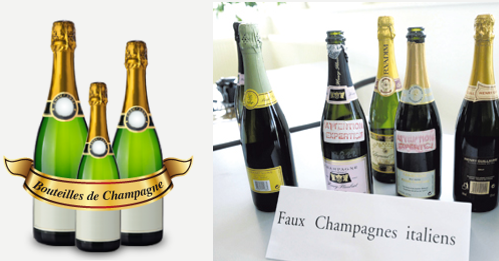
This infringement can be classified as usurpation because the name Champagne is used on the same type of products, sparkling wine.
Scenario 1.2:
This case refers to parmesan produced in Australia.
The logo has some references, indicating that is authentic Parmesan cheese.
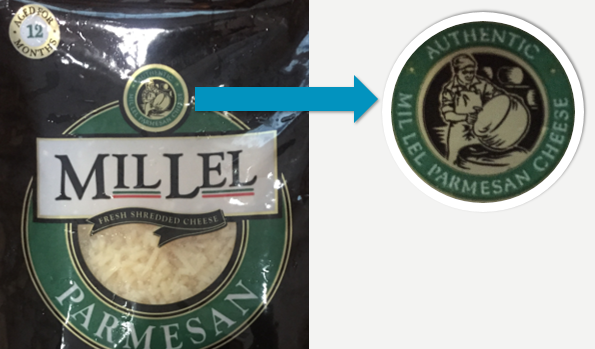
The GI name is Parmigiano-Reggiano which is often referred to as parmesan. It is a PDO for cheese, made in Italy. The infringement is usurpation because the Parmesan name is used on the same type of product.
Scenario 1.3:
In this case you have two packages of champagne biscuits, one product comes from Argentina and other places in South America while the another is from France.

We are dealing with the GI name ‘Champagne’ which is used for sparkling wine coming from a specific geographical area in France. This is a case of misappropriation of the GI’s reputation because the products are different from the original product (sparkling wine). In this case it is being used for biscuits.
Scenario 1.4:
In this case, we have a Blue Mountain Style iced coffee product, coming from Korea.
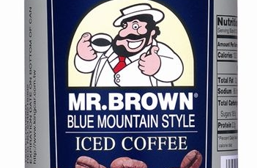
In this case we have usurpation because the GI protection concerning usurpation is covered, including when the GI name is used with style, type, kind, etc.
Scenario 1.5:
In this case, we have a product called Parmazano coming from the United States.
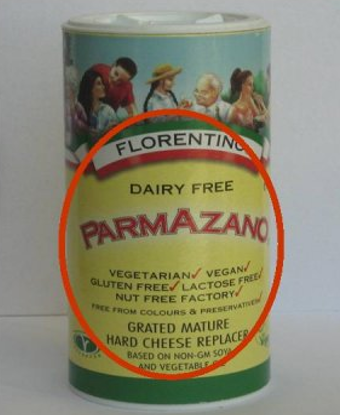
The Geographical Indication name of Parmigiano-Reggiano which is a Geographical Indication for cheese in Italy is being used. In this case, we have an evocation of the name because Parmazano looks like parmigiano or parmesan. Usurpation can also be considered.
2. In this exercise, you will identify the name of the GI, explain the infringement taking place and propose a legal strategy to protect the GI
Scenario 2.1:
In this photograph there are two types of products. The first product is chocolate including Piment d’Espelette. The second product is a package of basmati rice.
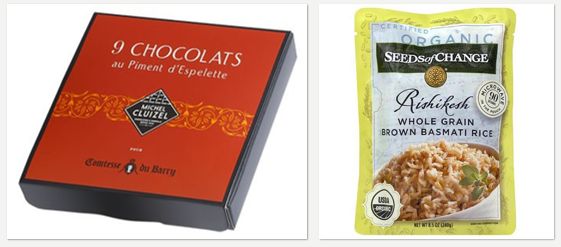
First image:
The name of the GI is Piment d’Espelette. Espelette chili is a sweet chili produced in France. The GI protected product is used as an ingredient in this case. The question to ask here is whether this product is really used as an ingredient in the chocolate. If yes, then only the GI product must be used without being mixed with other similar products. If no, then consumers are misled, and this is a case of usurpation.
In terms of strategy, the producer group will first send a warning letter to the producer of the related product. In parallel, the GI group shall inform the public competent authorities that can take action, if possible. If this step fails to yield the expected result in the infringement continues, the producers can take a further step to initiate legal proceedings based on the GI legal protection, consumer protection or labelling protection.
Second image:
In this case the GI protection is for Basmati rice which is a GI for rice originating from India. The use the GI name is for an ingredient inside the whole packaging. The key question here is whether this GI is really used as an ingredient. If the answer is yes, then only 100% basmati rice must be used. It means no mixing with other similar Rice or other rice verities. If no, the consumers are misled.
In terms of strategy, producers can send a warning letter to the infringer at the same time they can inform the competent public authorities of the infringement and have them initiate action if possible. If the infringement continues, they can also commence legal proceedings on the basis of legal GI protection or other legal frameworks such as consumer protection or unfair competition.
Scenario 2.2:
In this case there is the example of products with packaging with text and images indicating they may be Colombian coffee products. Consumers are confused as to whether these products are authentic products branded under GI Café de Colombia.
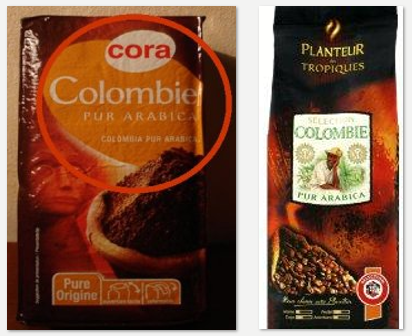
Now the GI name ‘Café de Colombia’ is used for coffee originating from Colombia. If the product is not covered by the GI protection, then we can say this is a case of usurpation. There is the possibility that there is real coffee inside this package therefore it is important to check the seal on the packaging, if any.
In terms of strategy, in the case of usurpation producers will have to check where it is taking place. They can check nationally and internationally as Café de Colombia is exported. They will have to send a warning letter to the infringer as well as inform the competent, public body that can take action. If infringement continues, they can also commence legal proceedings on the basis of legal GI protection or other legal frameworks such as consumer protection or unfair competition or for packaging.
